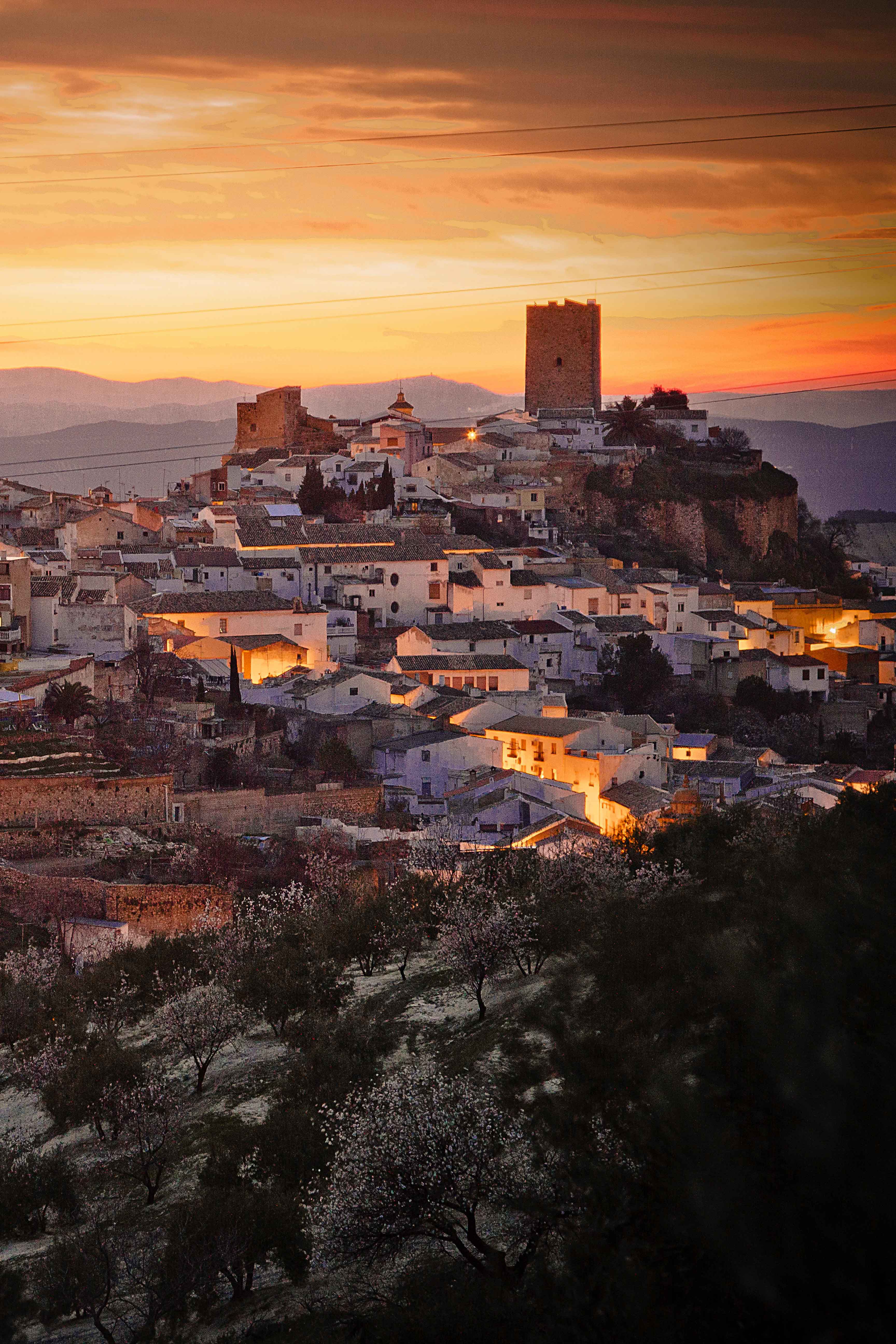History
More than a natural paradise, more than a monumental paradise
Martos, a city framed within the province of Jaén, is a municipality located to the north of the Sierra Sur region, to which it belongs.
The origin of the city and its later configuration are intimately linked to a natural element, La Peña, symbol and image of Martos, with 1003 meters of altitude. Thanks to the favorable conditions it offers, a productive land with very important agricultural potential, water springs and a strategic location for the defense and control of the countryside, it has been the nucleus from which the population has spread.
The city amazes the visitor with its characteristic physiognomy, the result of the interrelation between the natural environment, popular and monumental architecture and the contribution of the cultures that have settled throughout its history. Its historical complex has been declared an Asset of Cultural Interest, with the category of Historical Complex since 2003.
Its origins date back to the IV millennium BC, the oldest settlements belong to the final Neolithic, of which there are plenty of manifestations. These are underground structures intended for housing, storage and transformation of raw, funerary and defensive materials. These remains were found in the area of the Sports Center, "El Molinillo", "Huertas Viejas" and "La Alberquilla".

It will be in the Iberian era when it was configured as a complex city, known by the name of Tucci, a period that was characterized by a process of concentration of the population in fortified nuclei, the oppida, finding important necropolises such as the "Sapillo" and that of "Saint Elizabeth". With the arrival of the Romans it became one of the most important cities in Baetica, receiving the name of Colonia Augusta Gemella Tuccitana.
Martos was episcopal seat at this stage, continuing during the Visigothic period until the Muslim conquest. At this time the full introduction of Christianity occurs. An example of this is the singular Paleochristian Sarcophagus found in Martos.

With the arrival of Islam in the Peninsula, Martos, or Tus, as it was called in this period, acquired a defensive character, protecting itself with an extensive fortified system. Two castles were built, the High Fortress, located at the top of La Peña, and another at the foot of it, the Low Fortress or Villa Castle.
Fernando III, who obtained a stronghold of Martos for Christianity in 1219, ceded the city to the Military Order of Calatrava in 1228, entrusting him with its defense, consequently reaching great splendor, becoming the capital of the Order in the upper Guadalquivir . In this stage, the Real Parroquia de Santa Marta, dedicated to the patron saint, the church of Santa María de la Villa were built and the fortresses were reinforced, highlighting the Tribute tower and a set of watchtowers.
In the 16th century, the governor Pedro Aboz y Enriquez, the humanist Diego de Villalta and the architect Francisco del Castillo contributed to the development of the municipality. The Lower Fortress was restored and the churches of Santa Marta and Santa María de la Villa were remodelled, as was the construction of their bell towers, the old Jail and Cabildo and the Fuente Nueva. At the same time, the writer Francisco Delicado publishes "La Lozana Andaluza", a novel in which he refers to Martos.
At the end of the 19th century and the beginning of the 20th, thanks to the expansion of the olive grove and the oil industry, there was a great urban, architectural and demographic development, to which the arrival of the railway contributed greatly. A new layout of the city was then created, which manifested itself in a series of buildings which reflect the historicist style, modernism and Andalusian regionalism, all of which tell us about the economic and artistic wealth that the city enjoyed.